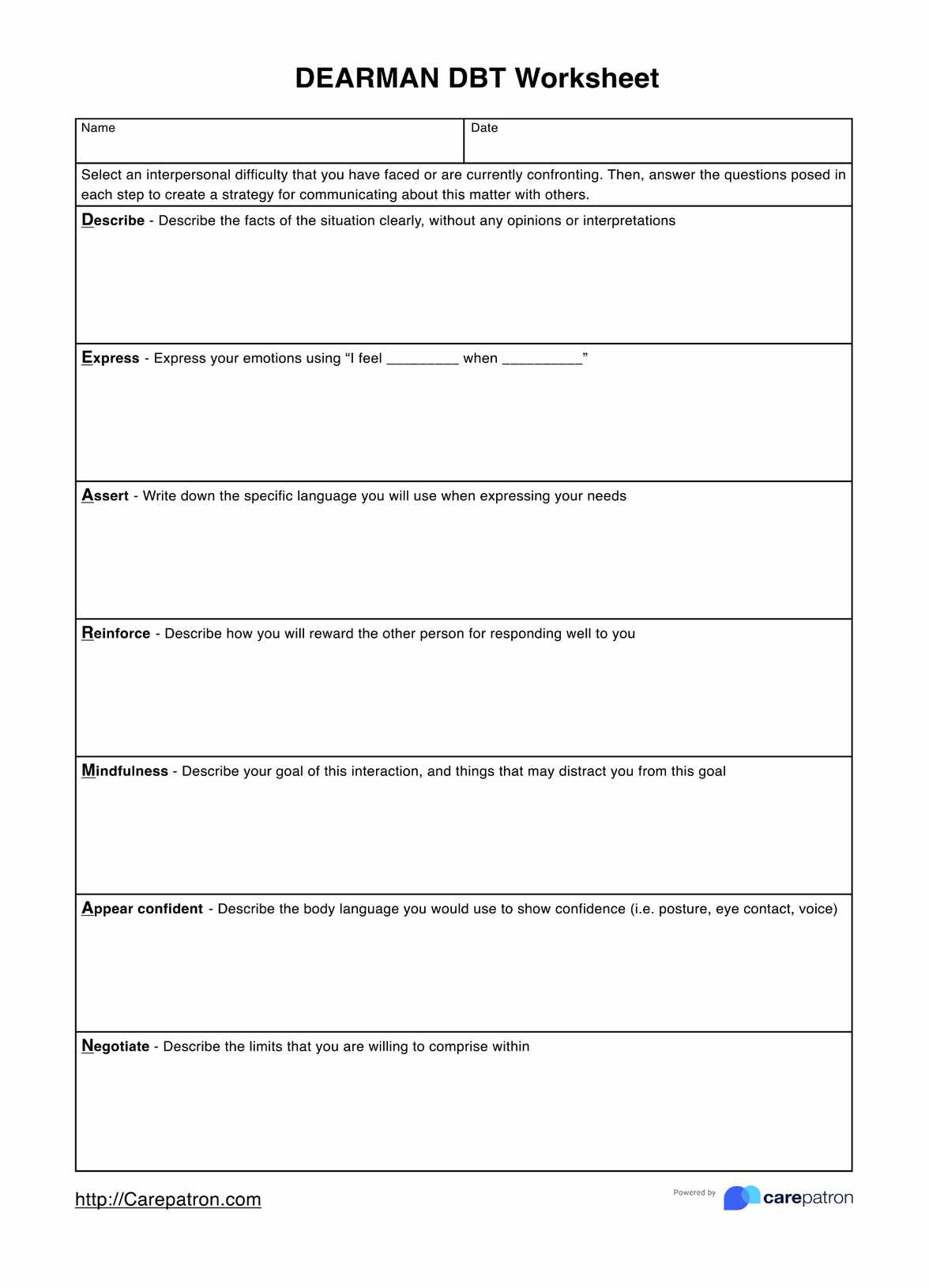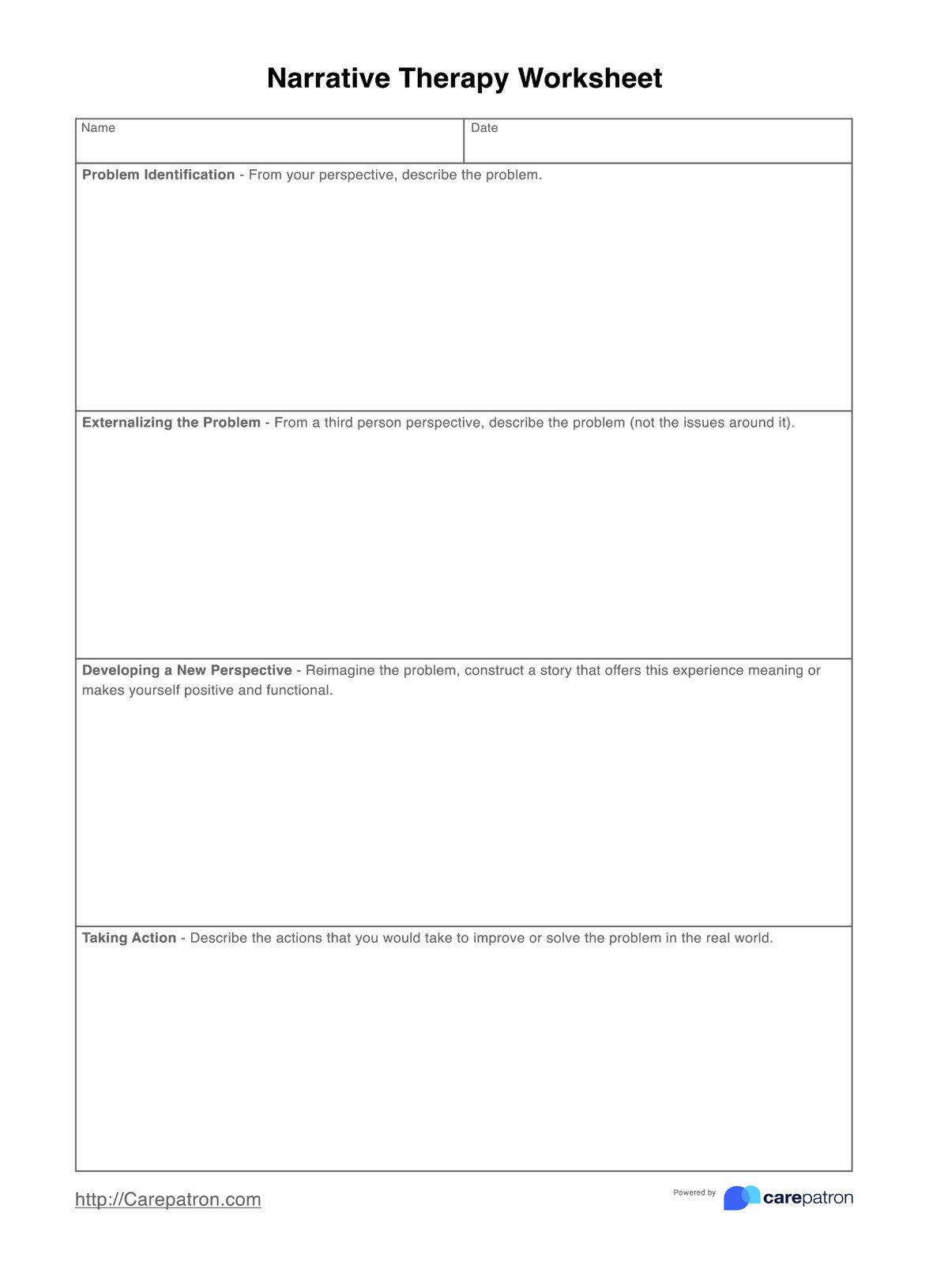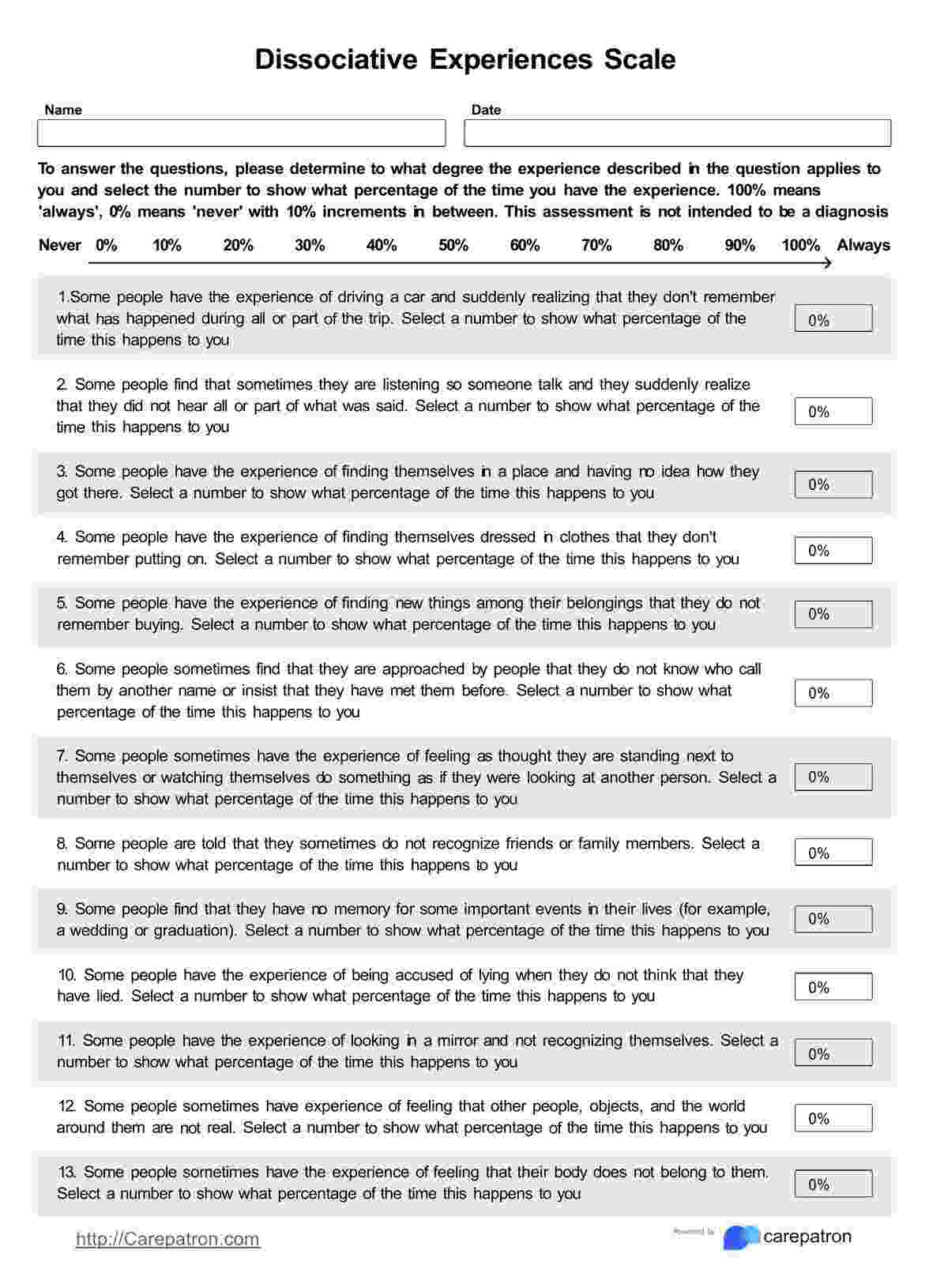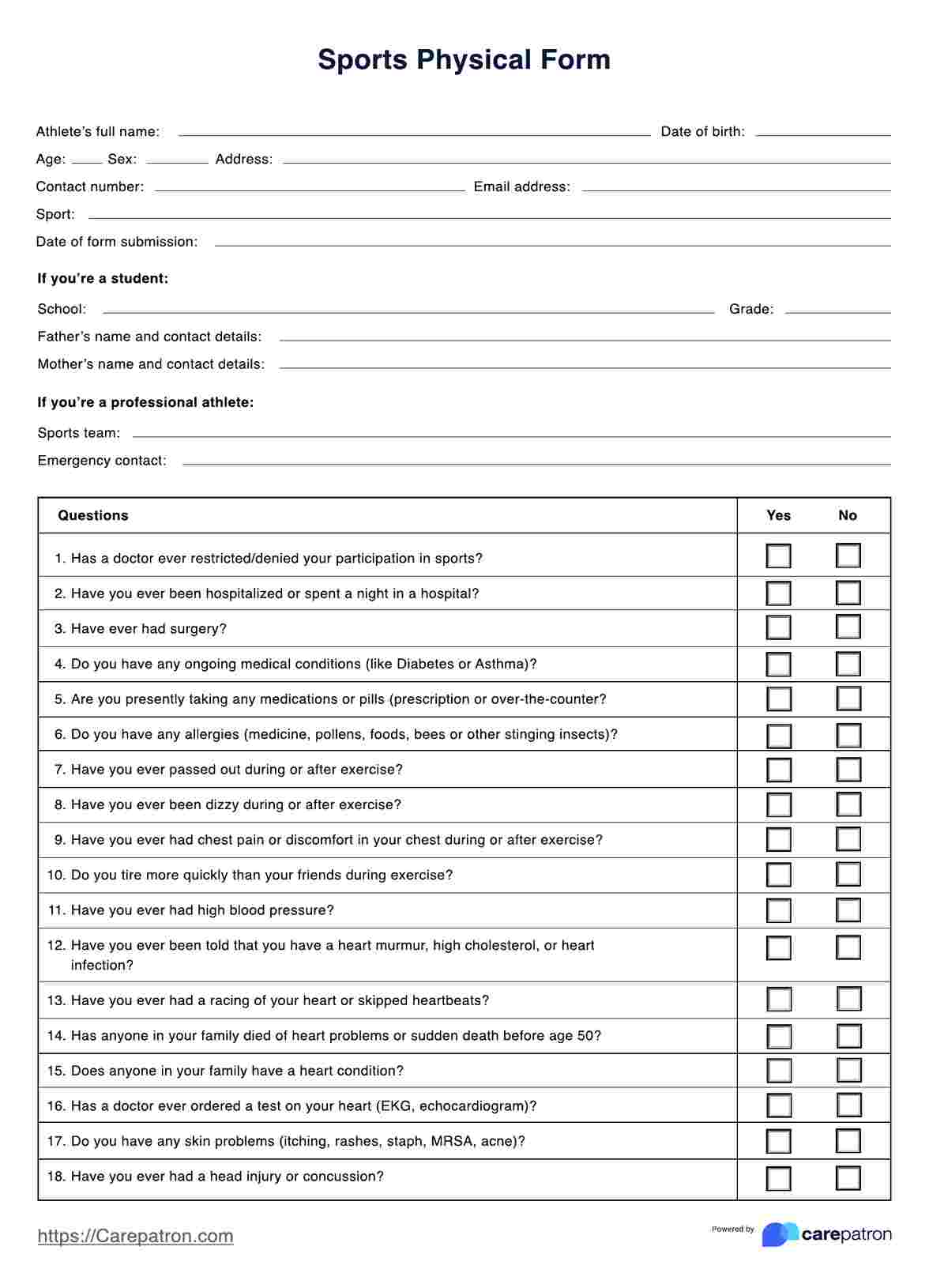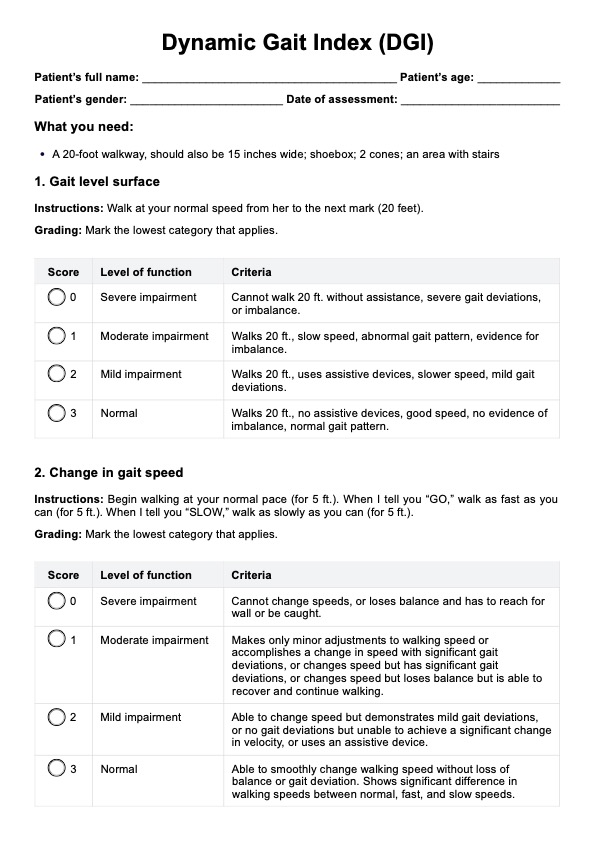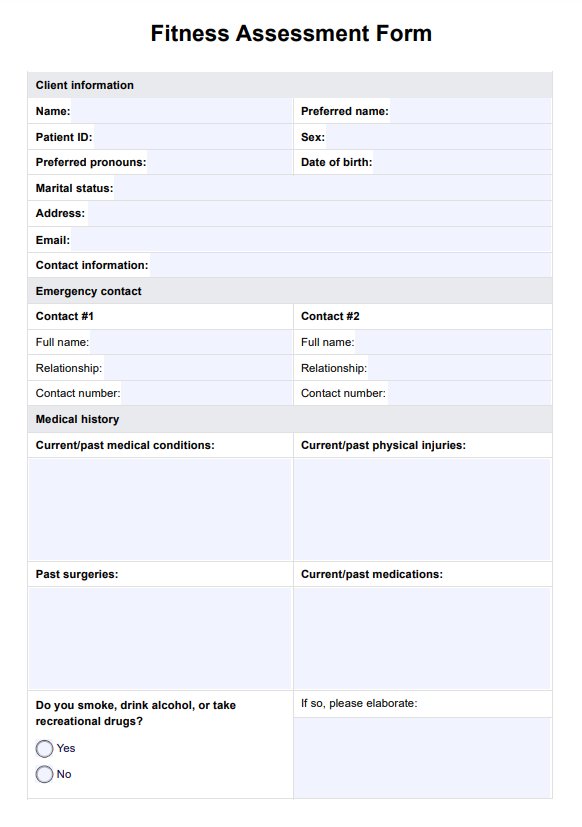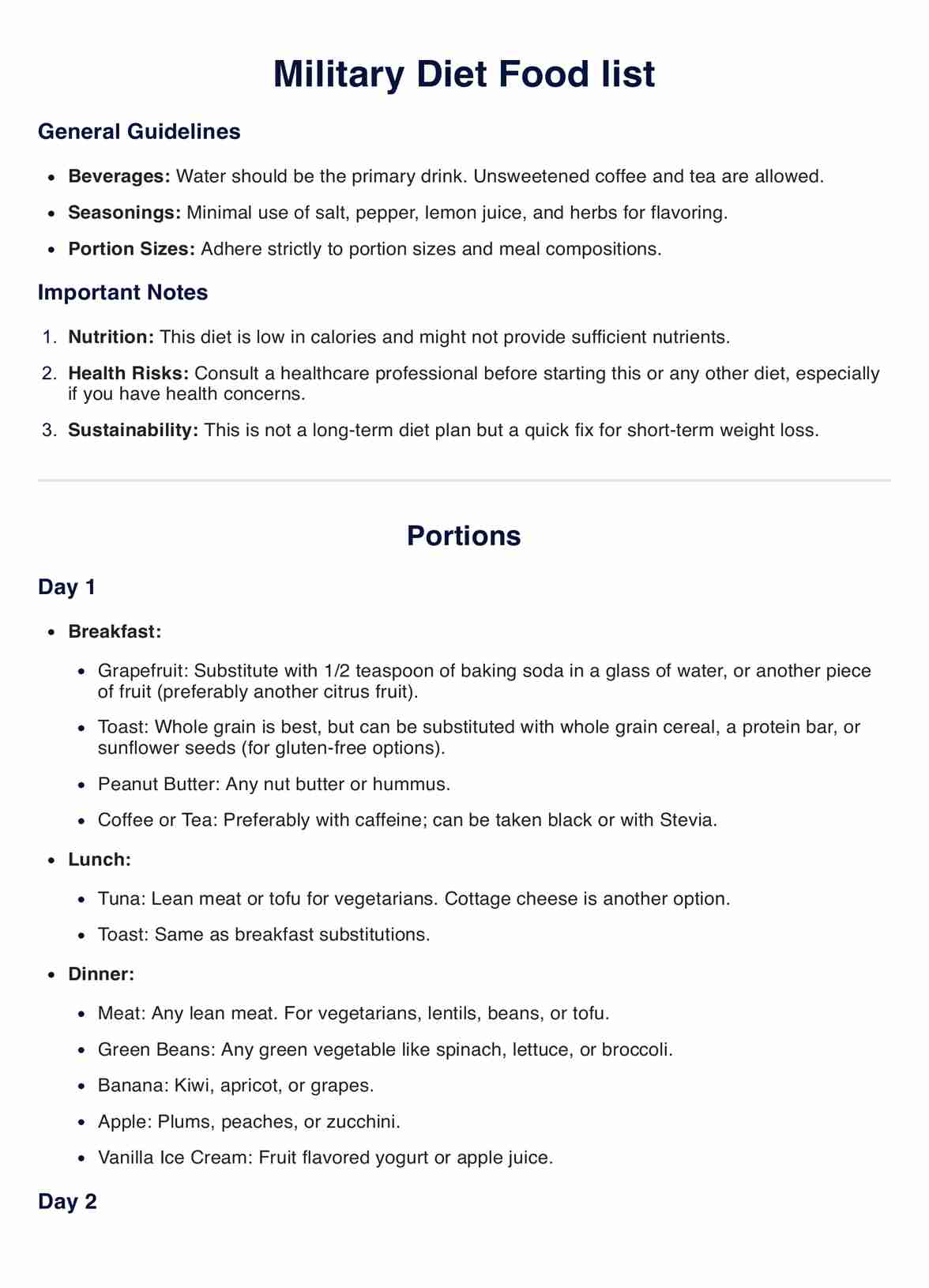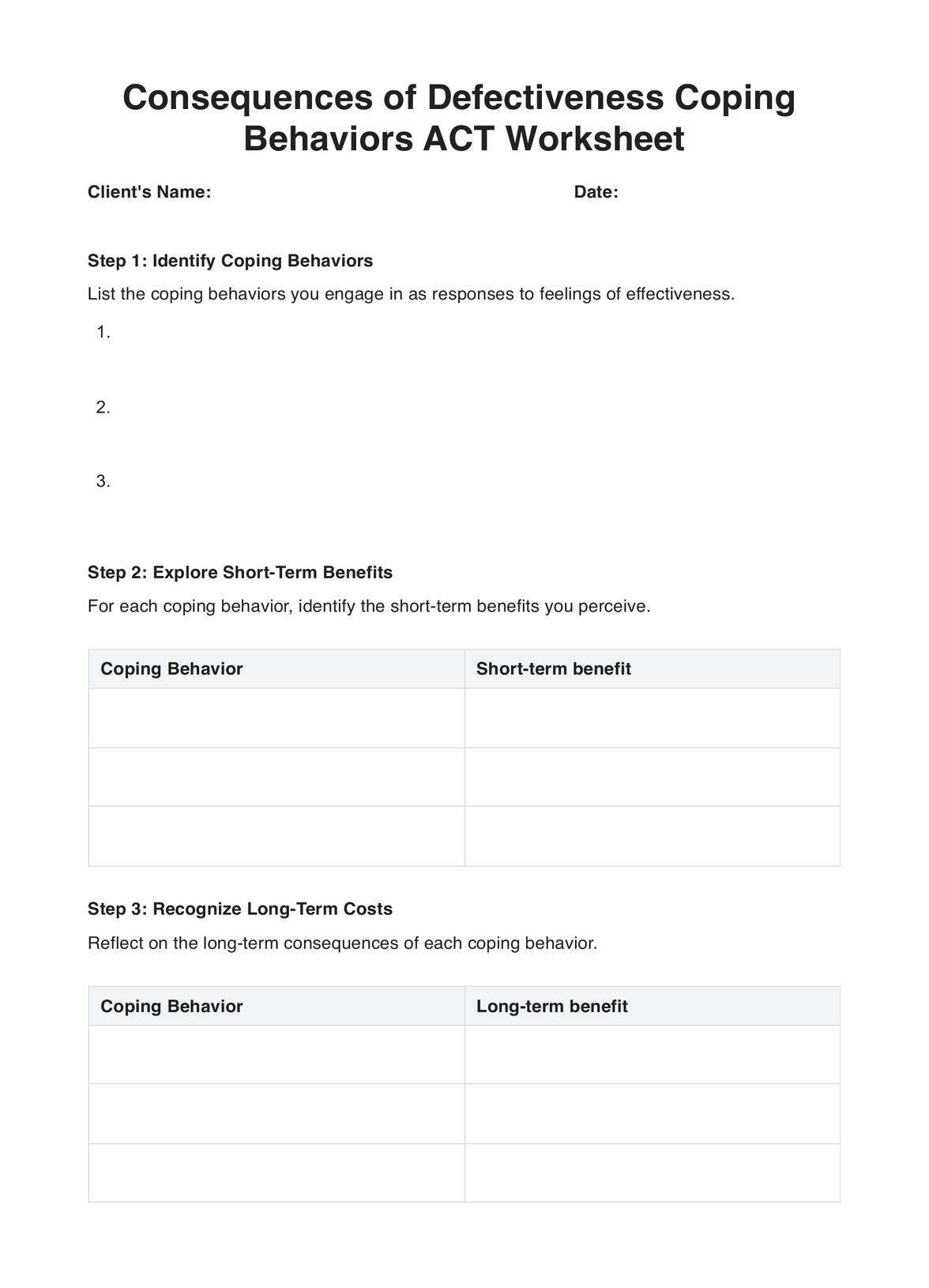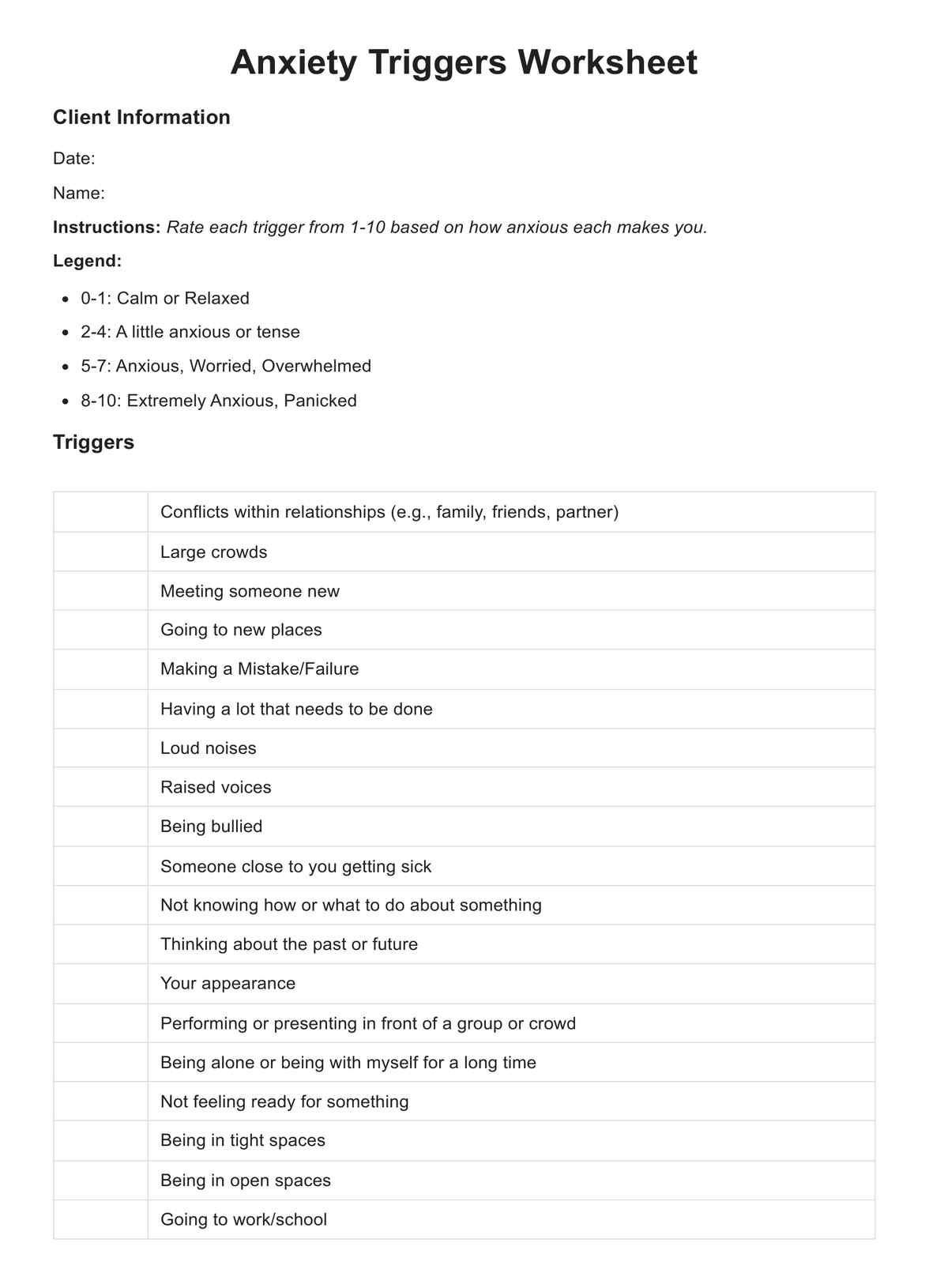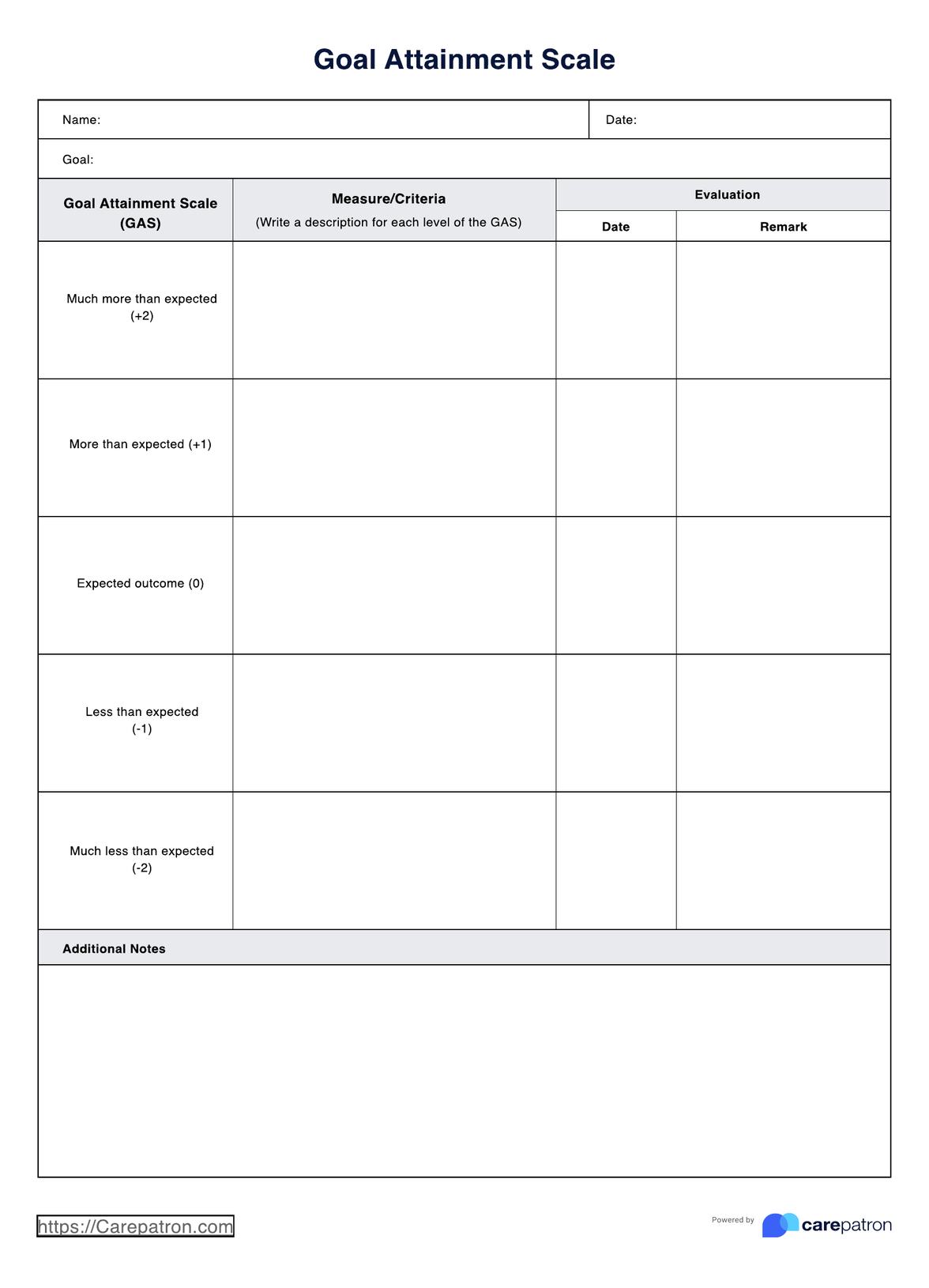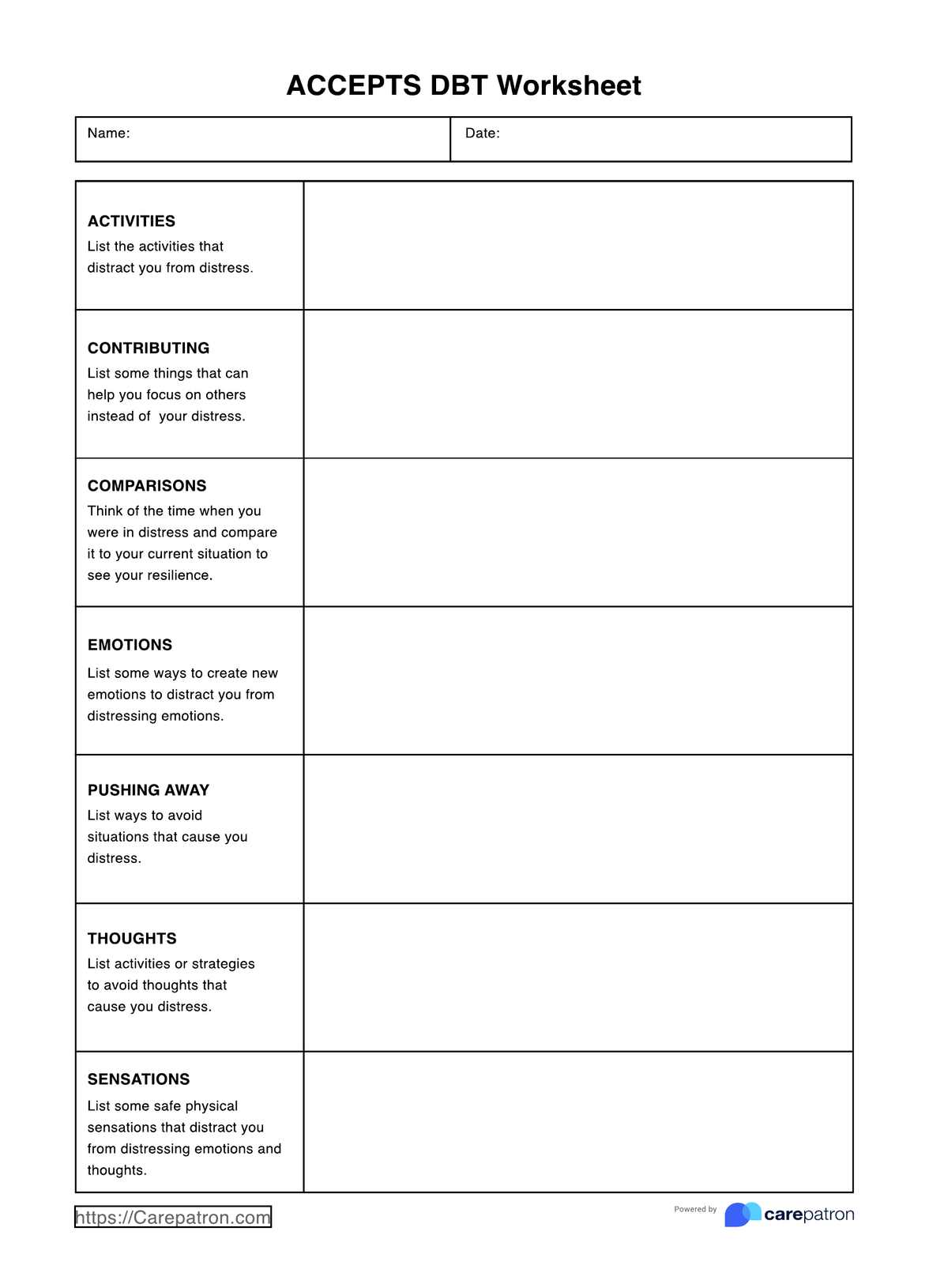Anterior Drawer Tests
Utilize this Anterior Drawer Test template to determine if your patient has a sprained or torn ACL. Click here for a copy and a guide on how to use it!


What is an Anterior Drawer Test?
An assesses if the patient’s anterior cruciate ligament (ACL) is sprained or torn. Generally, this test doesn’t come with a template. However, we’ve decided to create a downloadable, editable, and printable version you can keep in the patient’s medical records.
Our template comes with the following:
- Instructions on how to conduct the test
- A diagram you can use as a visual guide
- A table where you can input the test results
- The levels of a sprain as well as a translation amount to help you with interpretation
- Space where you can add additional information
Given that this test doesn’t require any additional equipment aside from a comfortable flat surface the patient can lie down on, anyone who experiences pain after doing the following can have the test conducted on them:
- Stops or changes direction of their body suddenly
- Land a jump wrongly
- Take a hit in the knee
Most of the time, the people more likely to tear their ACL are athletes, dancers, or those participating in extreme activities.
One important thing to note about this test is that medical practitioners may not use this test as the sole basis or resource to make a diagnosis. It must be followed up by further tests.
Anterior Drawer Tests Template
Anterior Drawer Tests Example
How does this Drawer Test work?
Step One. Access the Template
To access and download the template, you may do either of the following:
- Download the template by clicking the “Use Template” or “Download Template” button
- Search for the “Anterior Drawer Test” in Carepatron’s template library on the website or app.
Step Two. Conduct the Test
Here are step-by-step instructions on how to conduct the drawer test:
- Lie the patient on their back in a relaxed supine position.
- Test the uninjured side first.
- Flex their hip to 45 degrees.
- Then flex their knee 90 degrees.
- Ensure that their foot is flat on the surface. Sit on their foot to keep it still.
- Grasp the bent knee with your thumbs in front of the knee (on the superior anterior of the tibia) and tuck your fingers behind the knee (inside the flexed part). You may use the diagram above as a guide.
- Gently pull the tibia forward and check how far it moves.
- Repeat steps 3 to 7 on the injured side and compare.
If you’re struggling to remember the steps to this test, don’t worry, as stated above, we’ve included the same set of instructions with an accompanying diagram right on the template.
Step Three. Write Down the Results and Interpret
Aside from instructions, we’ve also included a table complete with sprain levels and their corresponding translation amount to make interpretation easier. You simply have to tick the checkbox beside the translation you observed during your test.
Should you have any additional notes, we’ve also provided space at the bottom of the test results table where you can write other observations or comments that you believe future you or fellow practitioners will benefit from knowing.
Scoring
Scoring is as easy as ticking the checkbox on the row that matches the sprain level and translation amount you noticed during the test. So you know what to expect on the template, here’s the main content of the results table.
- Grade 0 (Normal) = 0-2 mm anterior tibial translation amount
- Grade 1 (Almost Normal) = 3-5 mm anterior tibial translation amount
- Grade 2 (Abnormal) = 6-9 mm anterior tibial translation amount
- Grade 3 (Severely Abnormal) = More than 10 mm
If the client gets a grade of 2 or 3, it means that the patient’s drawer test is positive which means that the integrity of their ACL is compromised.
When to use these Anterior Drawer assessments?
Any practitioner who believes their patient must have injured themselves because of the following situations mentioned in the first section of this guide may use these Anterior Drawer assessment templates to conduct the test. If one were to be more specific, a test must be performed with the help of the templates as soon as possible if:
- The patient hears a loud popping sound after landing wrongly or twisting too fast
- The patient’s knees are buckling often
- The area where the ACL is located swelled within 24 hours after the injury
- The patient has expressed that they are feeling pain in that area
In addition to what has been stated above, one can use the Anterior Drawer Assessment for an overall knee assessment. They may add this test to other tests that also check the integrity of the ACL, such as the Lachman test, Mcmurray test, Pivot Shift test, physical exams, and other imaging tests like an MRI.
Benefits of these free Anterior Drawer Test Templates
Easy to Administer
With the test having only a few instructions and not needing any additional equipment, as long as you have our template and read it beforehand, you can easily administer the test.
Quick Assessment Tool
The Anterior Drawer Test is short and only requires you to do a few compound actions twice within a maximum of 20 minutes. It’s one of the best and quickest tests you can use to assess the state of your patient’s ACL.
Fast and Reliable Results
According to research, this test is reliable enough to at least make a clinical impression. Moreover, if a patient is in pain and must go through several tests to get a diagnosis, it’s beneficial if the practitioner in charge gets accurate results as soon as possible for early diagnosis and intervention.
Written Copies of Test Results for Reference
Usually, this test is done by a specific practitioner, and its results are only remembered by the person who conducted it. To make it easier for you and your fellow practitioners who need the results, you utilize this template and add the filled-up form to the client’s folder of medical records. That way, whoever needs information can easily find and reference them if needed.
Fully Digital
Since our template is fully digital, one can not only do the test anytime, anywhere but can also store it on our secure EHR so related parties may access it easily and quickly.
Reference
Hurley, Wendy & Denegar, Craig & Buckley, William. (2008). The Relationship between Grading and Instrumented Measurements of Anterior Knee Joint Laxity. Journal of sport rehabilitation. 17. 60-7. 10.1123/jsr.17.1.60.
Commonly asked questions
It means that their ACL’s integrity is compromised and may be sprained or torn.
Scoring is as easy as ticking the checkbox with the description that matches your observed translational amount. For more information on scoring the Anterior Drawer test, you may refer to the “Scoring” section above.
A few of the benefits are that it’s reliable, it doesn’t require much equipment and one can obtain results within a few minutes. Feel free to head to the “Benefits of these free Anterior Drawer Test Templates” section for more benefits of using this test and its template.


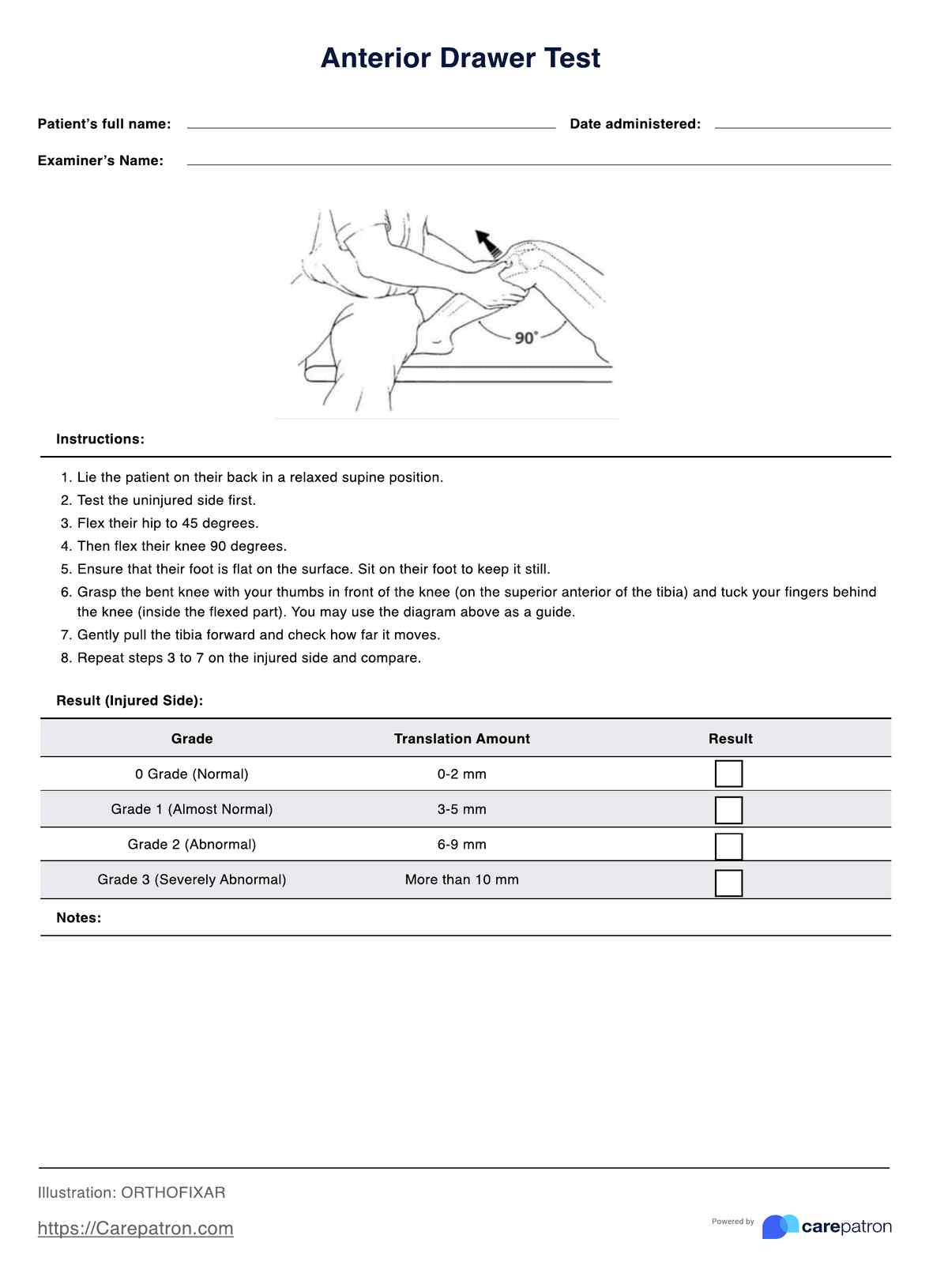
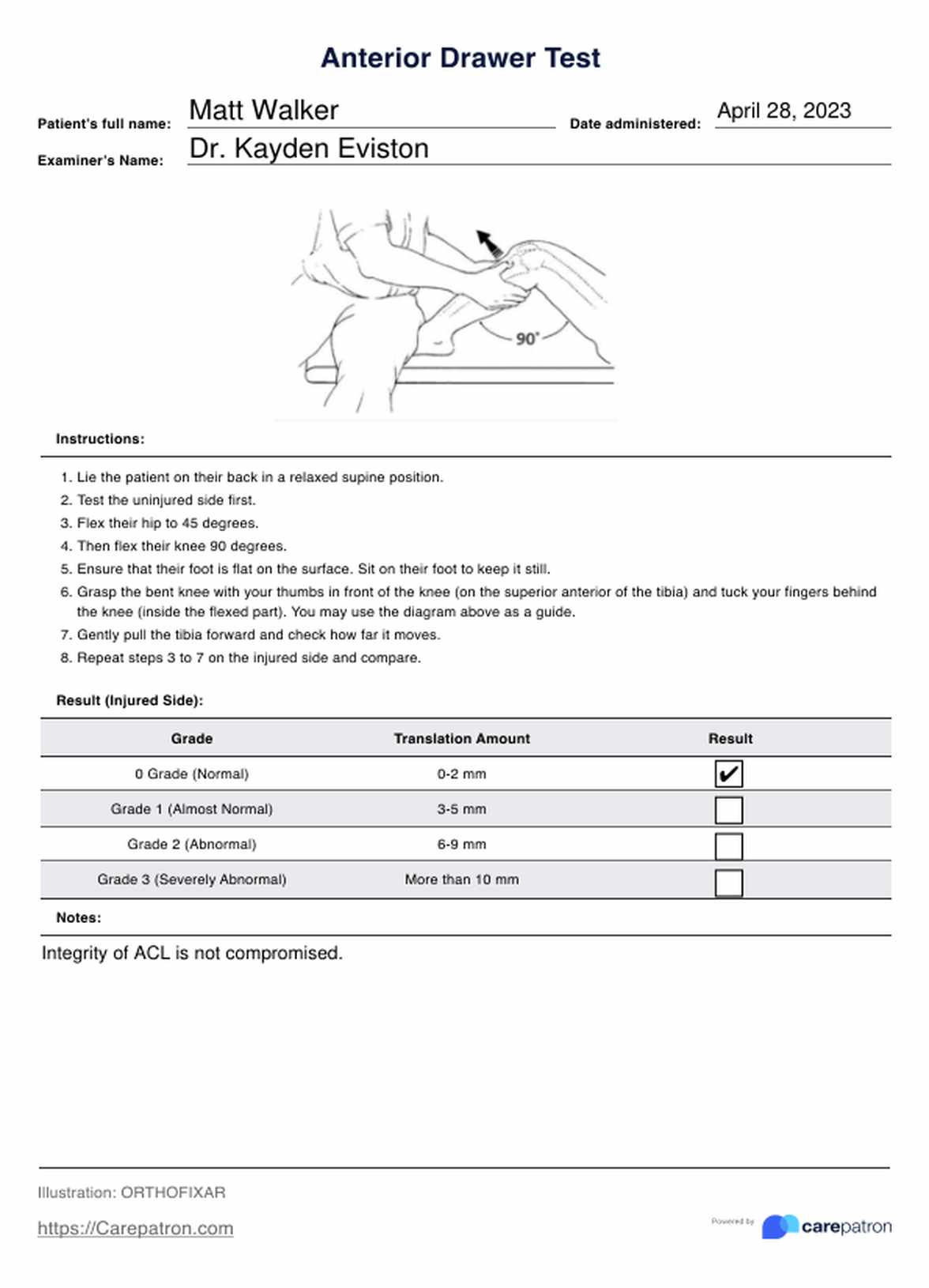
.png)













-template.jpg)























































































